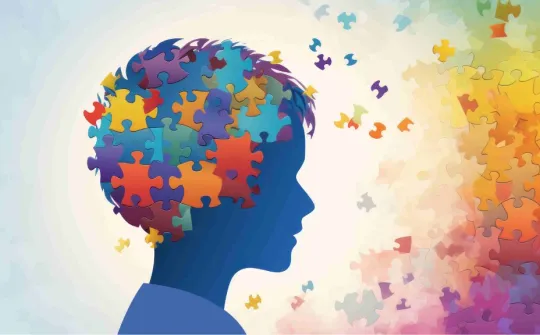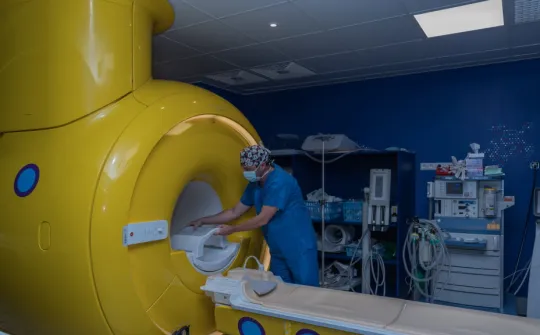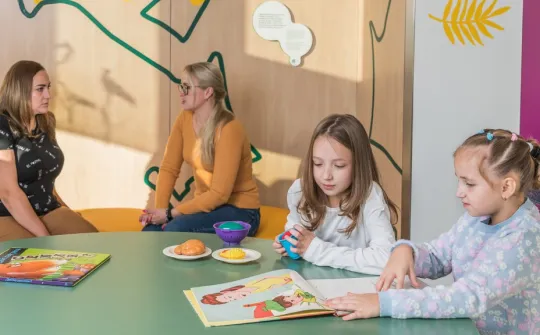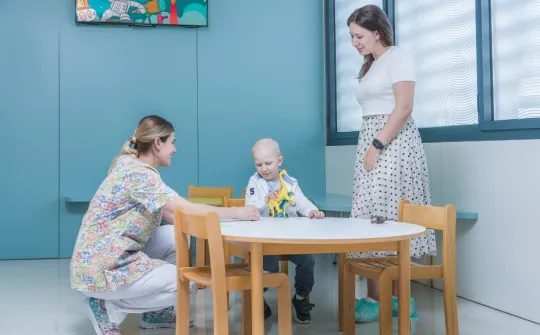A multidisciplinary approach to treating non-Hodgkin’s lymphoma in children at SJD Barcelona Children's Hospital
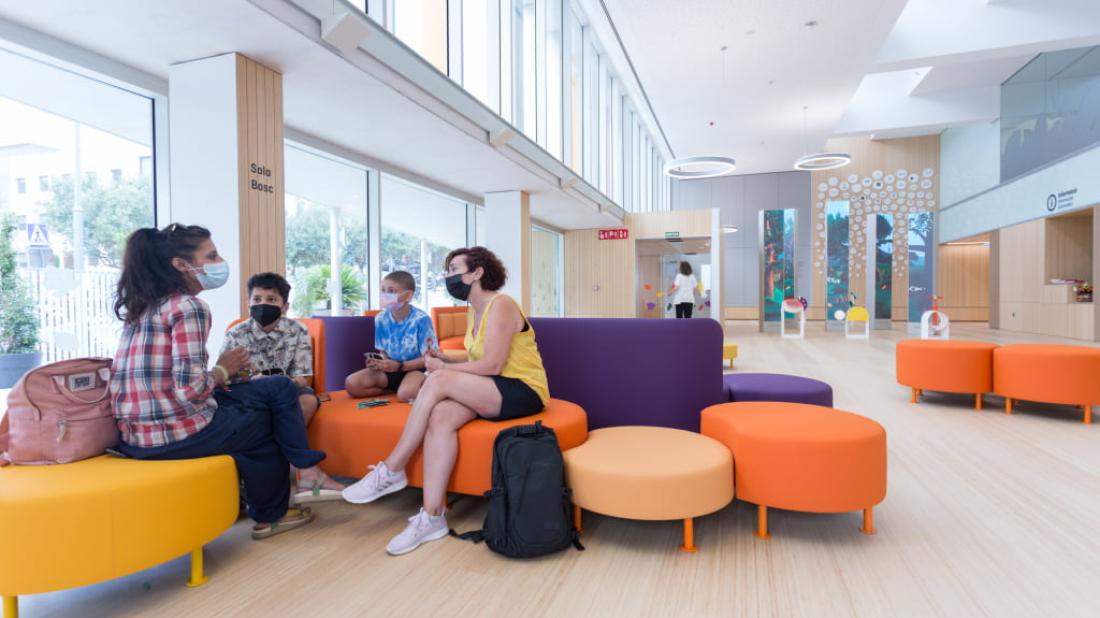
Non-Hodgkin’s lymphoma (NHL) is a type of cancer that originates in the lymphatic system, which is a key part of the body's immune system. This type of lymphoma differs from other lymphomas, such as Hodgkin’s lymphoma, in the absence of a specific type of cancer cell known as Reed-Sternberg cells. Non-Hodgkin’s lymphoma can occur in both adults and children, but the characteristics, prognosis, and treatments vary significantly between these groups.
Non-Hodgkin’s lymphoma in children
Non-Hodgkin’s's lymphoma develops differently in children from that of adults. In children, these lymphomas usually have a better prognosis and a higher survival rate with proper treatment. One of the most common types of non-Hodgkin’s lymphoma in children is Burkitt’s ’s lymphoma.
Burkitt’s ’s lymphoma is a type of lymphoma with extremely rapid development, characterised by doubling in size in just 24 hours. This type of lymphoma has a very good prognosis for cure, close to 90%, and it is believed that most cases can be completely cured, with a disease recurrence of less than 0.01% after proper treatment.
Treatment for Burkitt’s ’s lymphoma in children is handled exclusively using intensive chemotherapy for about six months, with the patient remaining in hospital for almost all of that time. Surgery is rarely used in the treatment of this type of lymphoma. Timely initiation and aggressive treatment are crucial for recovery, as any delay can enable lymphoma to progress rapidly.
In addition to Burkitt’s ’s lymphoma, there are other types of non-Hodgkin’s lymphomas in children, such as lymphoblastic lymphoma and anaplastic lymphoma. Lymphoblastic lymphoma has a prognosis with a cure rate of about 80-85%, while anaplastic lymphoma shows a prognosis with a cure rate of 75%, although there is a risk of recurrence in 25% of cases. For these cases, there are salvage treatment protocols and specialised departments for hematopoietic cell transplantation, such as at SJD Barcelona Children's Hospital.
Symptoms of non-Hodgkin’s lymphoma
Symptoms of non-Hodgkin’s lymphoma in children usually appear acutely, within 7-10 days. Symptoms of Burkitt’s lymphoma, due to its rapid growth, include:
- difficulty breathing, or shortness of breath, which can occur due to tumours that grow in the chest area and compress the airways.
- A pleural effusion is a buildup of fluid in the pleural cavity (the space between the lungs and the chest wall) that can be caused by a tumour spreading to the area.
- Bloating may be due to swollen lymph nodes or organs in the abdomen.
The diagnosis of non-Hodgkin’s lymphoma is made by biopsy rather than puncture, and treatment is carried out by a specialised medical team.
Treatment of non-Hodgkin’s lymphomas and the multidisciplinary approach of SJD Barcelona Children's Hospital
Treatment of non-Hodgkin’s lymphomas in children is intensive and can have significant side effects, such as cardiotoxicity and changes in the bone marrow. However, these toxicities are manageable, and treatment is key to cure. In addition, psychological support is fundamental for both patients and their families, providing the necessary assistance throughout the treatment and recovery process.
"At SJD Barcelona Children's Hospital, we have a highly qualified multidisciplinary team that includes oncologists, radiologists, oncology nurses, cardiologists, infectious disease specialists and rehabilitation specialists. Each member of the team is focussed on providing comprehensive and individualised care at all stages of treatment, which ensures the best possible attention and monitoring of patients." Veronica Paola Selis.
The Children's Cancer Centre at SJD Barcelona Children's Hospital has a permanent oncology team working around the clock to ensure that children can always receive the best care.
Non-Hodgkin’s's lymphoma in children is a disease, which is treatable and has a high prognosis of cure if properly managed in a specialised hospital environment and with a competent medical team.
